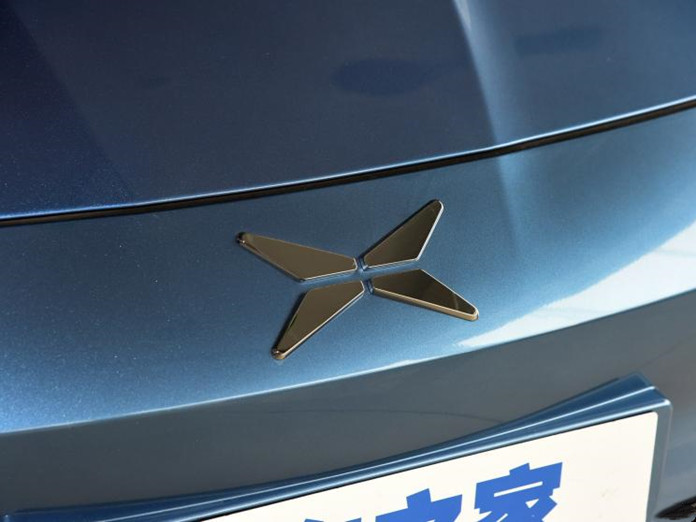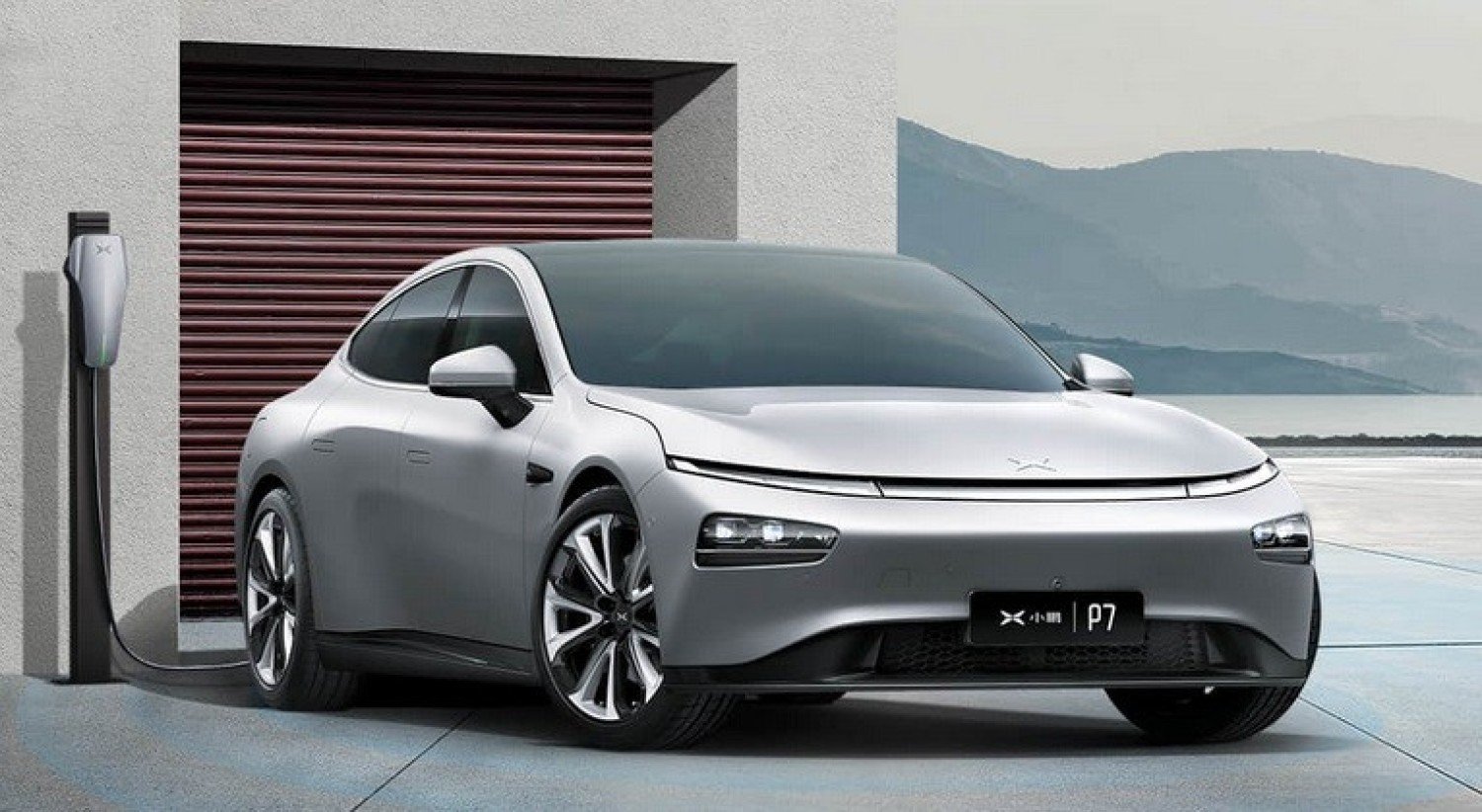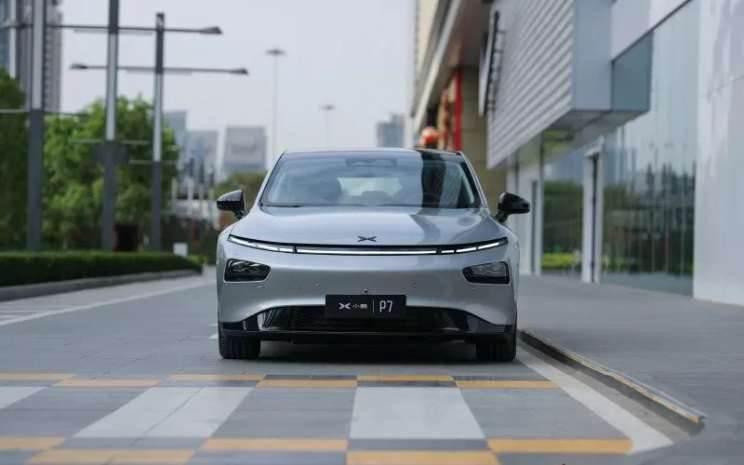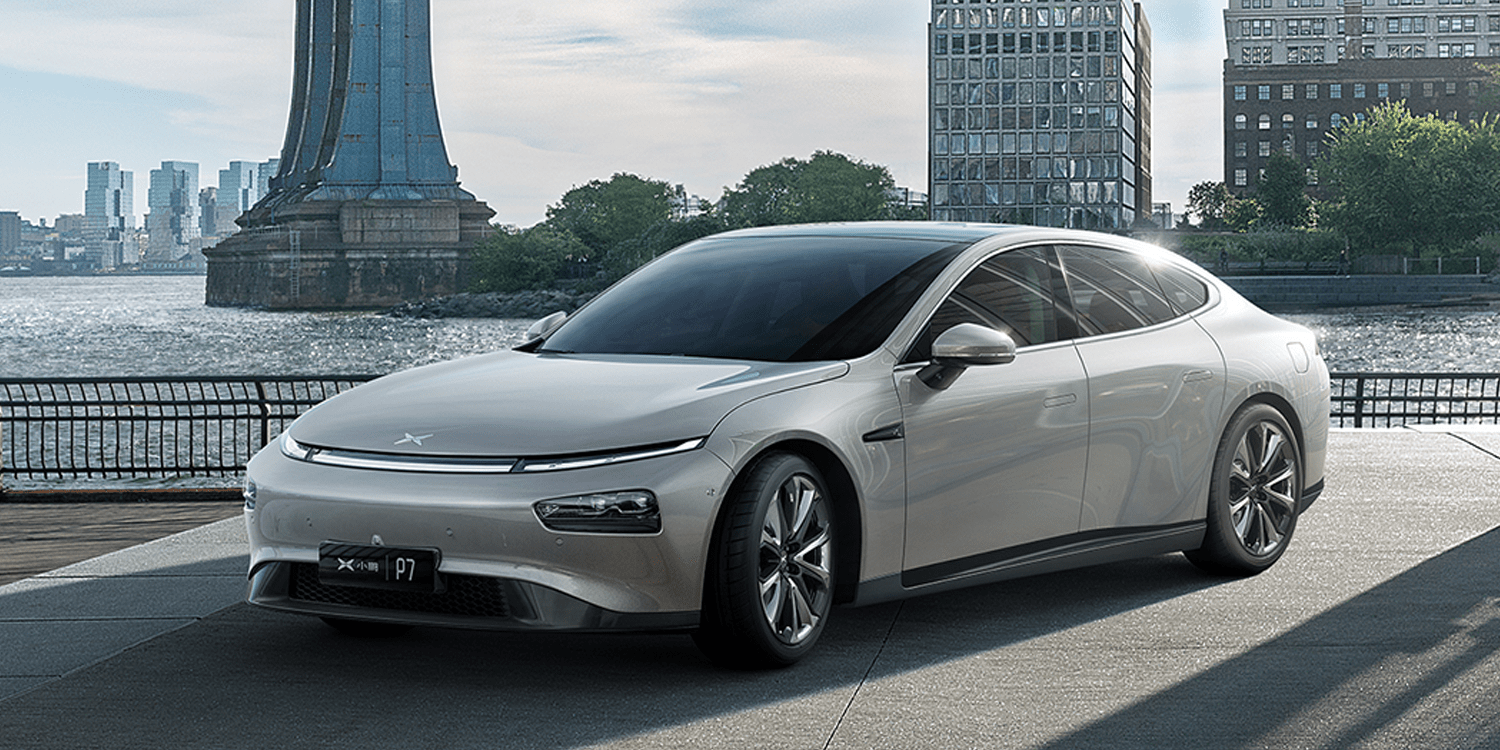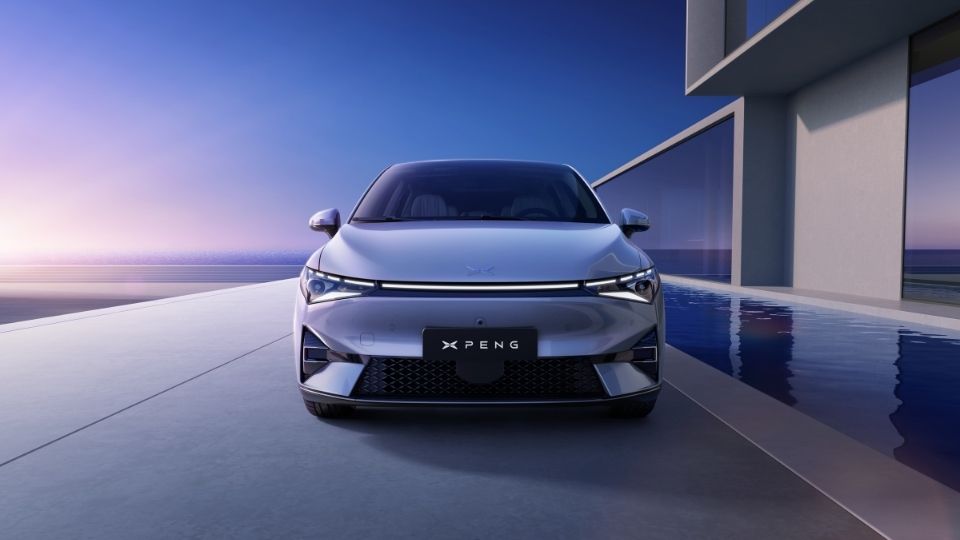Xpeng introduced its “Kunpeng Super Electric System” on Wednesday, marking a strategic shift toward extended-range hybrid vehicles that are expected to be more cost-competitive than pure electric models. Founder He Xiaopeng showcased the new technology, which allows for a driving range exceeding 1,400 kilometers, thanks to an internal combustion engine that charges the battery when depleted.
“We need new types of power charging solutions for different market conditions globally,” He said, citing less developed charging infrastructure outside China as a driving force for Xpeng’s pivot to hybrids. He did not specify a launch date for models equipped with this system.
Following in the footsteps of Li Auto (2015.HK), which primarily produces extended-range electric vehicles (EREVs), more Chinese automakers are exploring hybrid technologies to lower costs and meet diverse market demands. Nio also plans to launch its own EREV model for overseas markets, targeting regions such as the Middle East, North Africa, and Europe. Battery manufacturer CATL has recently released a battery optimized for EREVs, catering to the rising demand.
EREVs could mitigate the impact of new EU tariffs on Chinese-made EVs, which have increased costs for automakers, said Yale Zhang of Automotive Foresight. Zhang noted that EREVs also align with infrastructure limitations in regions like Europe, where one charging pole is shared by 16 EVs, compared to China’s ratio of 2.5 to 1.
At the event, Xpeng also introduced new advancements, including an AI chip, a humanoid robot, and a flying car prototype. The company plans to roll out the latest version of its advanced assisted driving system this month, enhancing autonomous lane changing and parking functions.

